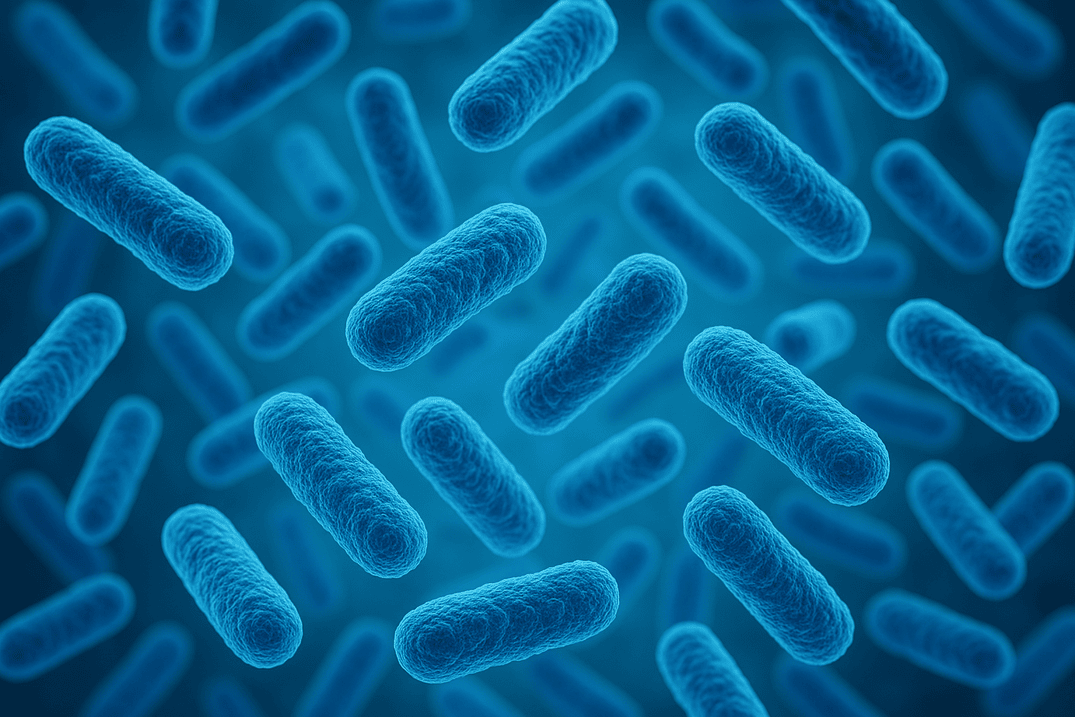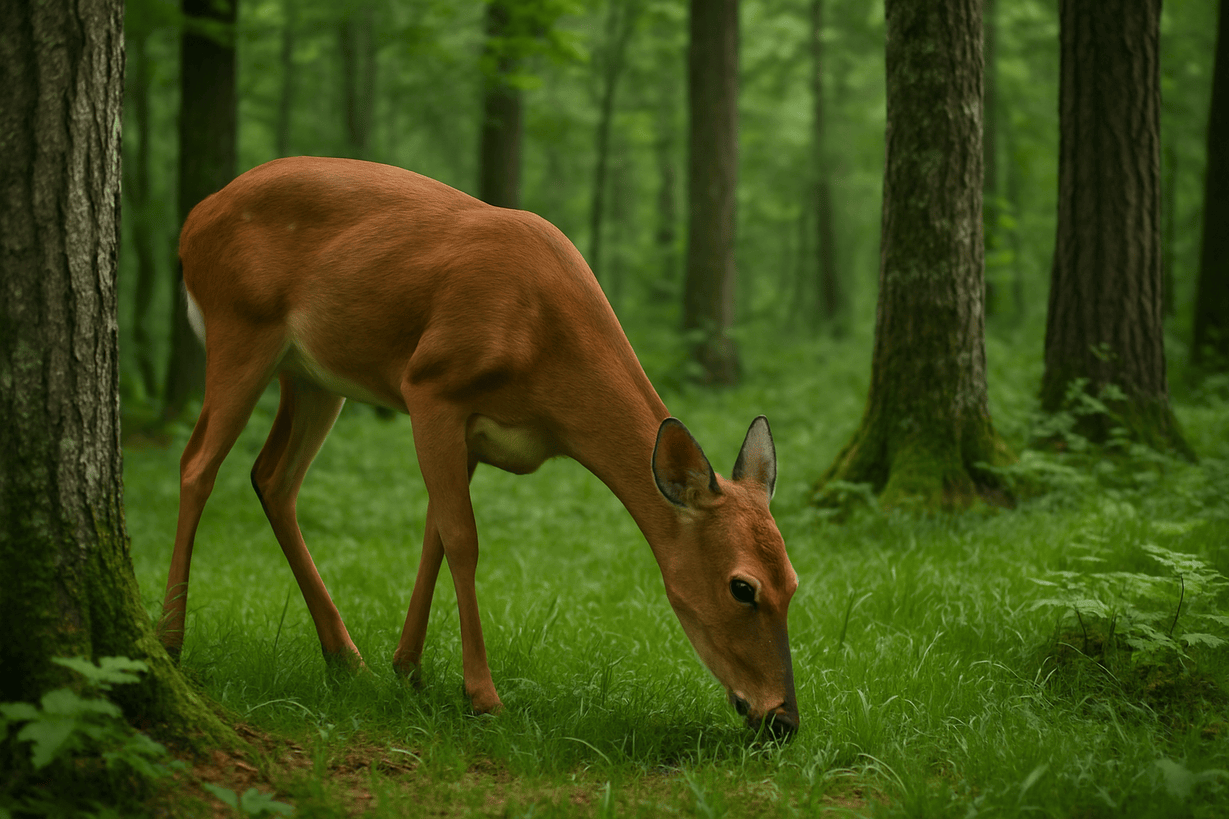General Studies 3
Ecology: Habitats
What is it? Habitats are natural environments where specific plants, animals, and other organisms live. They provide the necessary conditions for survival, growth, and reproduction of these organisms. Types of Habitats Terrestrial Habitats: These are land-based habitats like forests, grasslands, … Continue reading
Ecology: Decomposers Or Saprotrophs Or Osmotrophs
Decomposers This refers specifically to organisms that break down dead organic matter (plants, animals, etc.) into simpler inorganic compounds. They play a vital role in recycling nutrients back into the ecosystem for producers (plants) to use. Examples include bacteria, fungi, … Continue reading
Ecology: Primary, Secondary and Tertiary Consumers
Primary Consumers (Herbivores) These are plant-eating organisms. They occupy the second level of a food chain, directly consuming producers. Examples: Cows, deer, rabbits, insects that eat leaves. Secondary Consumers (Carnivores) These are meat-eating organisms. They occupy the third level of … Continue reading
Ecology: Autotrophs and Heterotrophs
Autotrophs What is it?: Autotrophs are organisms that can produce their own food using sunlight, water, carbon dioxide, and other chemicals. Since they can produce their food they are also known as primary producers. Origin of Term: The word autotrophs … Continue reading
Ecology: Ecosystem
What is it? The term ecosystem was coined by Sir Arthur Tansley in 1935. An ecosystem is a functional unit of nature encompassing complex interaction between its biotic (living) and abiotic (non-living) components. Components Abiotic components– comprise inorganic materials, such … Continue reading
Ecology: Ecological Organisation – Levels of Interaction
Individual An individual can be any living organism that has the ability to function independently. For example – Lion, tiger Species The organisms of the similar type have the potential for interbreeding and produce fertile offspring, which are called species. … Continue reading
Ecology: Biotic VS Abiotic
Biotic Components Definition: The biotic component of the environment comprises all living organisms, forming what is commonly referred to as the biotic aspect of ecosystems. This dynamic realm includes animals, plants, and microorganisms. Classify into Autotrophs: Organisms capable of producing … Continue reading
Ecology: Environment VS Ecology
Environment The environment is the place, people, things, and nature surrounding any living organism. It is a combination of natural and human-made phenomena. The environment broadly includes biotic (living) and abiotic (non-living) components which are listed in the table given … Continue reading
Earth Science: Lithium and Polymetallic Nodules (PMN)
Lithium It is a soft, silvery-white metal that heads group 1, the alkali metals group, of the periodic table of the elements. It has the lowest density of all metals and the lightest of the solid elements. It reacts vigorously … Continue reading
Earth Science: Rare Earth Elements (REE)
What are Rare Earth Elements? REE is a set of seventeen elements in the periodic table. These include the fifteen lanthanides on the periodic table plus scandium and yttrium. REE are all metals, and the group is often referred to … Continue reading









